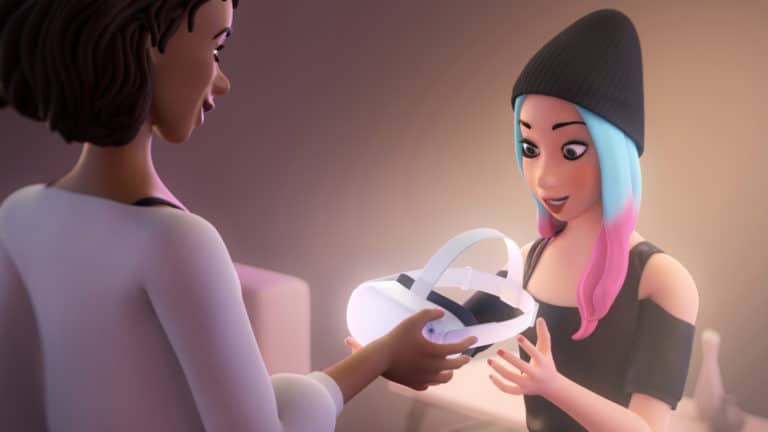
VR traction over the past few years has been slower than many had anticipated. But it’s still finding small wins and is growing at a fairly healthy pace. This leads to several questions such as who uses VR? What are their motivations? And what experiences resonate most?
So we set out for answers. Working closely with Thrive Analytics, ARtillery Intelligence authored questions to be fielded through its established survey engine to more than 46,000 U.S. adults. The result is Wave V of the research, and a narrative report we published to unpack the results.
This is also the topic of the latest episode of ARtillery Briefs. Following the last episode on the corresponding AR survey data, we now dive into consumer VR flavor of the study. You can see the episode in full below, along with narrative analysis and summarized takeaways.
Long Game
So what did the research uncover? Starting at a high level, 23 percent of survey respondents have used or own a VR headset. This is up from 19 percent from Wave IV of the research which took place last year. They’re also engaging often, with 83 percent doing so monthly or more.
This is a key finding for VR given that adoption barriers can be high. So the name of the game is ease-of-use and replayability. We see this product principle accelerating with the growth in standalone headsets like Oculus Quest 2 that are more user-friendly and frictionless.
In addition to frequency, VR satisfaction levels are favorable. Specifically, 70 percent of respondents report that they’re satisfied or very satisfied, while only 16 percent report that they’re dissatisfied or very dissatisfied. This compares well to most other consumer technologies.
As for other adoption drivers, the standout in this year’s forecast was Oculus Quest. Specifically, Quest 1 and 2 together represent 24 percent of usage, up from 13 percent in Wave IV. This aligns with market evidence we’re separately tracking for Quest 2’s market share growth.
A lot of this has to do with Facebook’s investments in VR. A $299 price point flows from Facebook’s ability to cut into its own margins to play a long game and stimulate growth. It’s intent on building a network effect, which it believes kicks in at roughly 10 million connected headsets.
But the practical outcome is that consumers get a device that’s cheaper than it should be…and that will continue to drive sales.
Keep it Simple
Speaking of price, the Wave V survey results indicate that demand inflects at $200 and $400. This is in the sweet spot where Quest 2 resides, which is a result of the above Facebook motivations and its nuanced pricing strategy. This is also the price point for PSVR.
In fact, when we look Quest 2 and PSVR, they show the greatest satisfaction levels among all headsets in the Wave V survey results. This combination of low price and high satisfaction is validated by market evidence that signals Quest and PSVR as market share leaders.
So what lessons can we draw from these VR leaders? If we’re looking for commonalities, one is their simplicity in marketing and product positioning. They’re both highly curated experiences with plain-spoken marketing that focuses on fun, rather than hardware specs.
Indeed, both Quest 2 and PSVR are technically inferior to higher-spec’d PC-VR rivals, but they continue to gain market share (and satisfaction levels in our survey) despite that. This is a very Nintendo-like approach, and it’s working — one key lesson in today’s VR landscape.
Lastly, what about interest levels among non-VR users? It’s currently at a discouraging 20 percent, down from 29 percent last year. The disparity between current-user satisfaction, and non-user disinterest underscores a key challenge for VR: you have to experience it to really get it.
Selling TVs on the Radio
All of the above just scratches the surface, and you can see more in the full report, including per-headset breakdowns and other results. In closing, we’ll go back to VR’s marketing challenge in growing the user base: Non-users are mostly ambivalent to the technology.
This raises a classic chicken & egg dilemma: They have to try it first to really get it….but they’re uninterested in getting that first taste. That challenge is amplified by the fact that VR can’t be captured in video or traditional marketing. It’s like “selling TVs on the radio.”
So it will take time, acclimation, and cultural assimilation to get over this hump. Meanwhile, VR traction can also accelerate through continued downward pricing pressure, more content, and the lowered friction brought by standalone headsets. Fortunately, this is all underway.






